Have you ever felt like you needed a fresh start, a way to shed the weight of negative energy? Throughout history, and across cultures, people have sought ways to cleanse not just their bodies, but also their spirits.
These practices, known as spiritual cleansing rituals, are diverse and fascinating, reflecting the unique beliefs and traditions of different societies. This article explores various forms of these rituals, offering insights into their purpose and significance.
The Universal Need for Cleansing

The concept of cleansing is deeply rooted in the human experience. We wash our bodies to remove dirt, and it’s no surprise that many cultures believe the same principle applies to our spiritual selves. Over time, we accumulate stress, negativity, and emotional baggage.
Spiritual cleansing rituals provide a mechanism to release these burdens, promoting a sense of renewal, well-being, and balance. Whether it’s through the use of sacred herbs, water, fire, or sound, these rituals aim to restore harmony within ourselves and our surroundings.
See also The Baiana Dress: A Symbol of Spirituality and Heritage in Candomblé
The Baiana Dress: A Symbol of Spirituality and Heritage in CandombléThe specific reasons for performing these rituals vary. They might be for:
- Personal Purification: To shed negative energy, stress, or stagnant emotions.
- Space Clearing: To remove unwanted energies from a home or place.
- Healing: To aid in physical, emotional, or spiritual recovery.
- Preparation: To create a sacred space or state for a ceremony or event.
- Transition: To ease major life changes like marriage, birth, or death.
Common Elements in Spiritual Cleansing
Despite their diverse expressions, many spiritual cleansing rituals share common elements. These include:
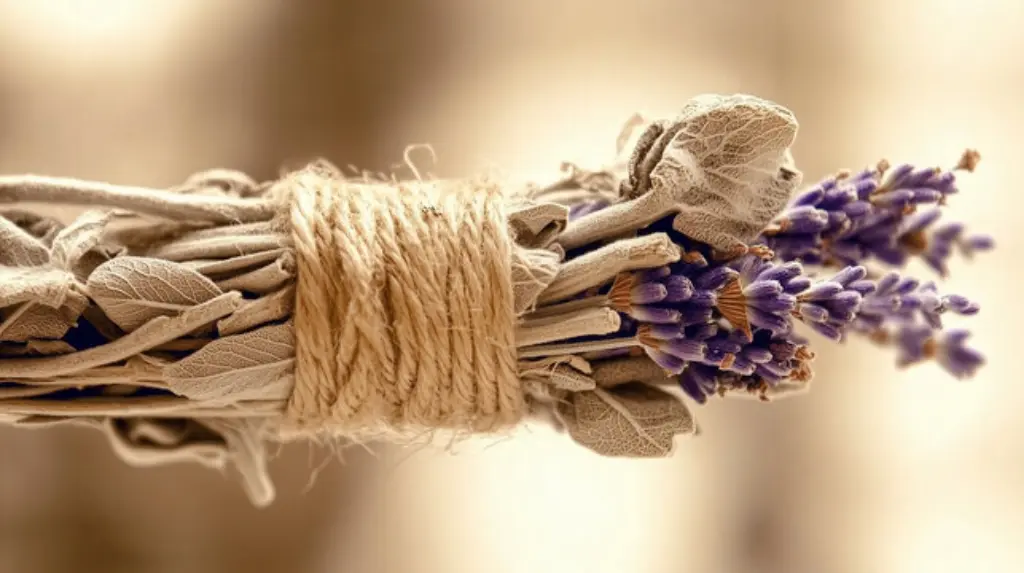
The Use of Natural Elements
Nature provides many powerful tools for cleansing. Here are a few examples:
- Water: Often associated with purification and emotional release. Rituals may involve bathing, immersion, or sprinkling of sacred water.
- Fire: Symbolizing transformation and the burning away of negativity. Practices involve candle lighting, bonfires, or incense burning.
- Earth: Representing stability and grounding. Rituals include touching sacred earth or burying negative items.
- Air: Associated with clarity and the removal of stale energy. Practices involve the use of smudging with herbs, or intentional breathing.
Herbs and Plants
Many cultures use sacred herbs and plants with known purifying properties. Some common examples include:
See also The Cheongsam: A Timeless Garment in Chinese Celebrations
The Cheongsam: A Timeless Garment in Chinese Celebrations- Sage: Commonly used in smudging rituals to clear negative energy.
- Palo Santo: A fragrant wood burned for purification and healing.
- Sweetgrass: Used in Native American traditions for its sweet, purifying scent.
- Cedar: A protective herb often used in smudging and ceremonies.
Intentional Action
Beyond physical tools, the intention behind the ritual is crucial. It’s the focused thought and energy we put into the process that amplifies its effects. This can involve setting specific goals, reciting prayers, affirmations, or engaging in visualizations. Spiritual cleansing rituals are not just acts of physical performance, but also deeply mental and emotional practices.
Sound and Vibration
Sound is another powerful tool for spiritual cleansing. Instruments like drums, rattles, singing bowls, and chanting are often used to create resonant frequencies that can shift energy and promote healing.
Global Variations of Spiritual Cleansing Rituals
Now, let’s embark on a journey to explore specific examples of spiritual cleansing rituals practiced around the world:
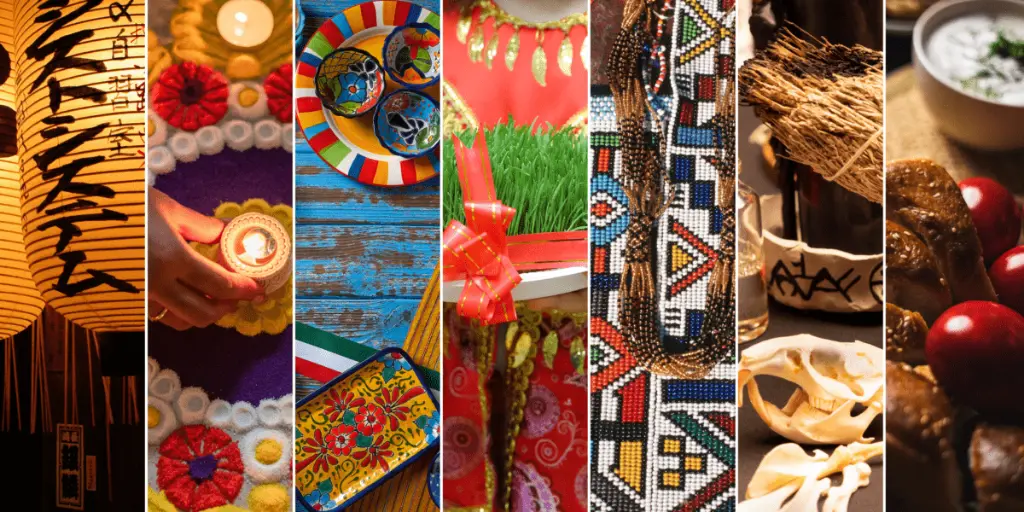
Indigenous North American Traditions
Many Native American tribes have deeply ingrained traditions of cleansing, often focused on connecting with nature and the spirit world.
Smudging

Smudging is a common practice involving the burning of sacred herbs, like sage, sweetgrass, and cedar. The smoke is wafted around a person, object, or space to cleanse it of negative energy. This ritual is often accompanied by prayers and intentions. It is believed that the smoke carries negative energy away while attracting positive energy.
Sweat Lodges
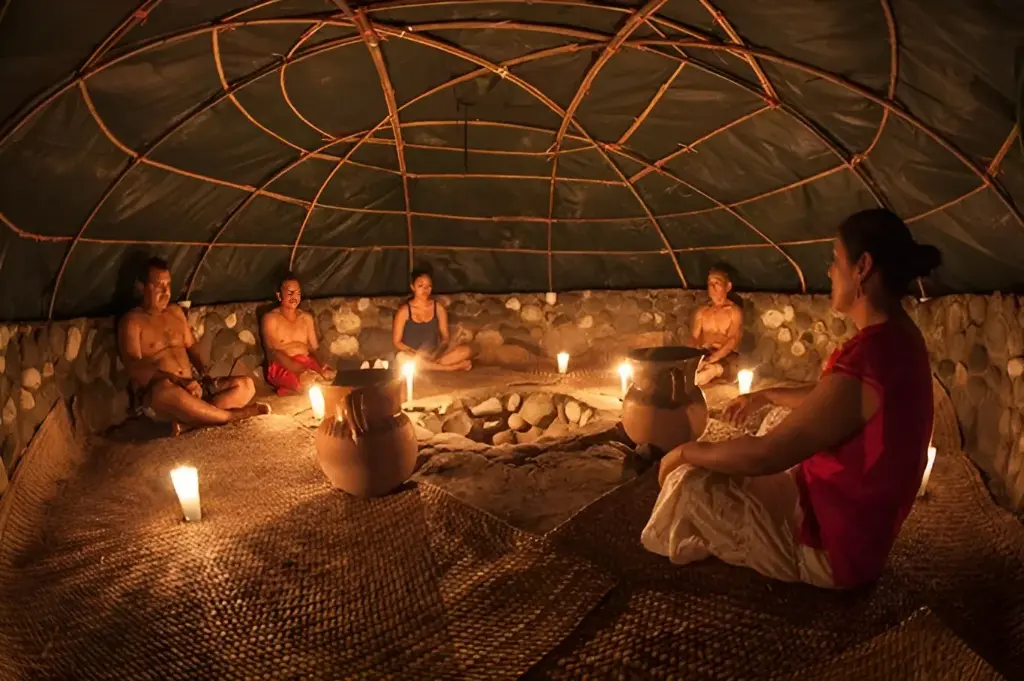
Sweat lodges are enclosed structures, often dome-shaped, where participants sit inside, typically on the ground, as hot stones are placed in the center. Water is poured over the heated rocks, creating steam. This ritual is designed to purify the body, mind, and spirit through the experience of sweating, intense heat, prayer, and meditation. It is considered a way to reconnect with the earth and ancestors.
East Asian Traditions
Eastern cultures feature unique and intricate approaches to spiritual cleansing.
Misogi (Japan)
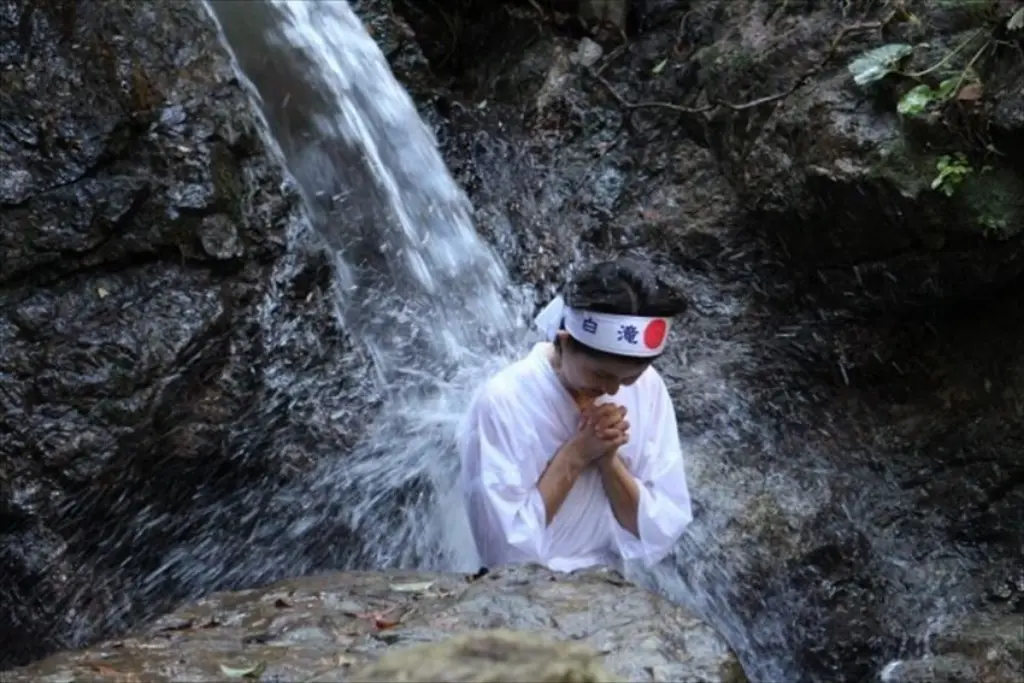
Misogi is a Shinto purification ritual that involves cleansing oneself with water, often cold water. This might entail standing under a waterfall, or participating in a ritual washing. The practice aims to cleanse the body and mind of impurities, both physical and spiritual, in order to reconnect with the divine. It’s seen as a way to remove negative energy and attain a sense of purity and renewal.
Burning Incense (Various Countries)

Burning incense sticks or cones is common in many Asian countries, including China, Japan, and India. The smoke and fragrance of incense are believed to purify the air, clear negative energy, and create a sacred atmosphere, making it ideal for meditation, prayer, or ceremonies. The specific types of incense used often carry symbolic or medicinal significance.
South Asian Traditions
South Asian cultures offer a wide variety of cleansing practices often tied to spiritual and religious beliefs.
Ganga Snan (India)
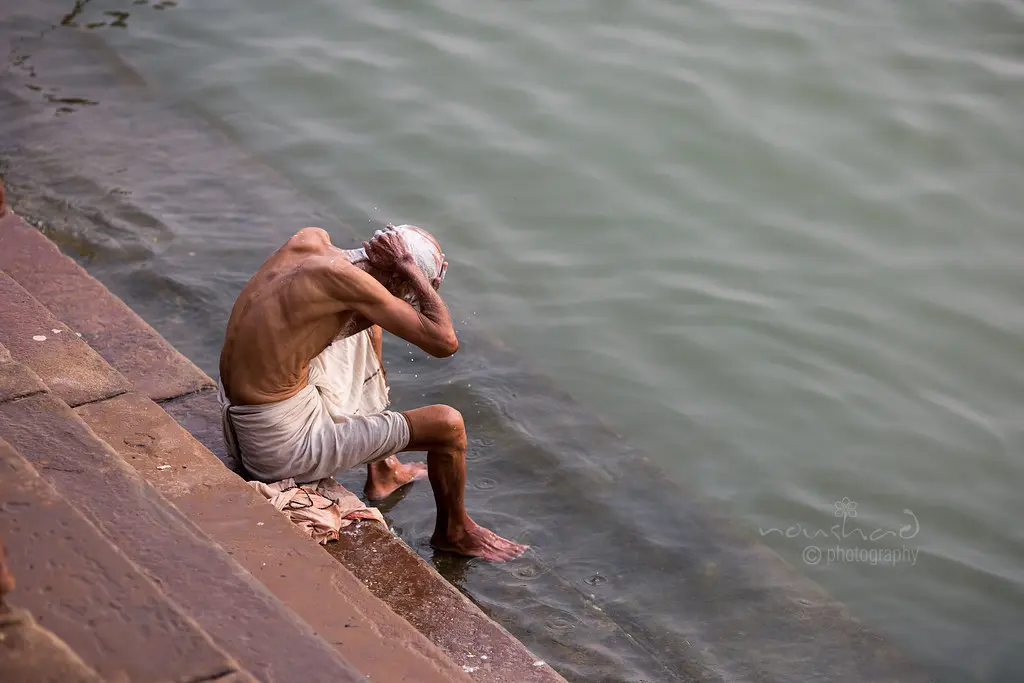
Ganga Snan, or bathing in the Ganges River, is a sacred ritual in Hinduism. It is believed that the river has divine power to cleanse one’s sins and impurities. Millions of people visit the Ganges each year to bathe, often during religious festivals, seeking both physical and spiritual purification. The act of submersion symbolizes rebirth and spiritual renewal.
Havan (India)

Havan is a fire ritual, common in Hinduism, where sacred offerings are made to a fire. This practice involves chanting mantras, reciting prayers, and placing herbs, grains, and ghee (clarified butter) into the flames. The smoke is considered purifying, and the ritual is intended to cleanse the environment, invoke blessings, and release negative energy.
African Traditions
African spiritual traditions are rich with cleansing practices, varying across different regions and tribes.
Water Rituals

Many African cultures use water for cleansing rituals, representing life, purity, and renewal. Bathing in sacred rivers or springs, or the ritualistic washing of hands and feet, are common practices. These rituals are often performed to cleanse the body, mind, and spirit of negative energy and restore balance. They are frequently coupled with prayer and specific intentions.
Herbal Baths
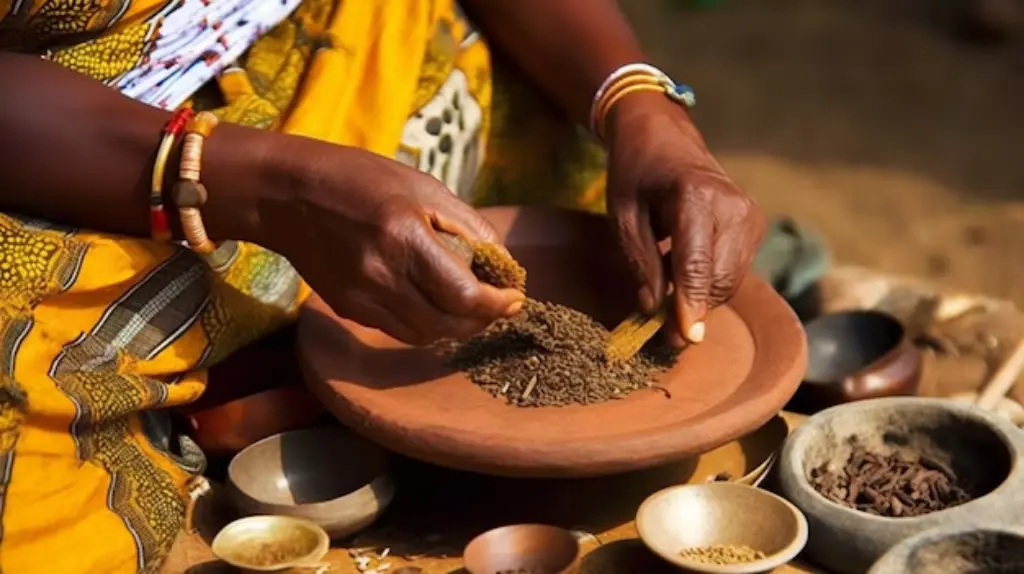
Many African traditions utilize herbal baths for their purifying and healing properties. Specific herbs are selected for their perceived ability to remove negative energies, attract positive vibrations, and promote physical and spiritual wellbeing. The process involves preparing a bath with specific combinations of herbs. Participants will then sit within the bath, allowing the infusions to cleanse their aura.
South American Traditions
South America is home to diverse indigenous cultures with unique spiritual cleansing practices.
Despacho (Andean Region)
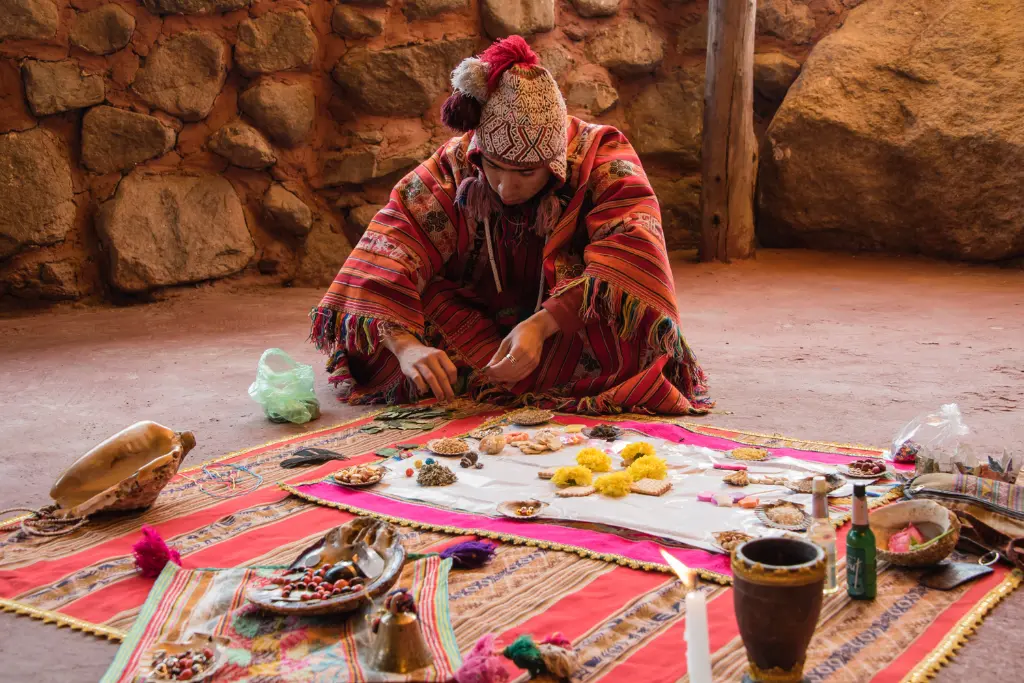
Despacho (Andean Ritual to Mother Earth) is a ritual in the Andean region where participants create a mandala, or sacred offering, of natural items like flowers, seeds, sugar, and herbs. This offering is made to the spirits or deities to ask for blessings, healing, or balance. Once the offering is complete, it is often burned, buried, or offered to water, representing the release of energies and the fulfillment of intentions. This practice demonstrates a strong connection with nature and the spiritual realm.
Ayahuasca Ceremony (Amazon)
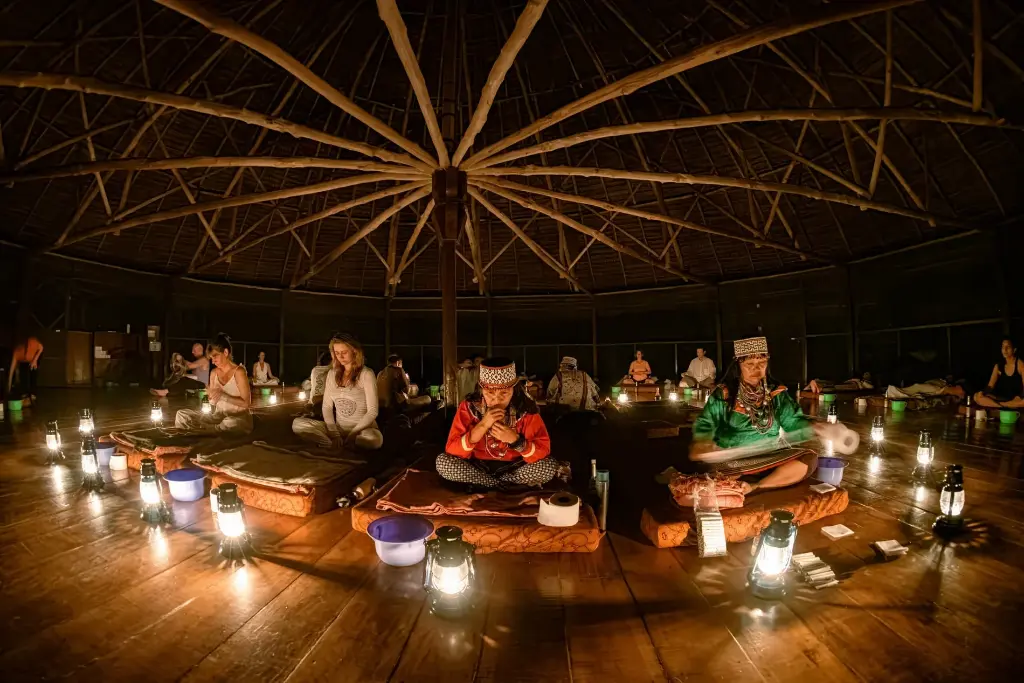
Ayahuasca ceremonies, found in the Amazon region, involve the use of a powerful brew containing the ayahuasca vine, a psychoactive plant. Under the guidance of a shaman, participants drink the brew in a ceremonial setting. The experience is said to allow deep spiritual exploration, healing, and the release of emotional trauma. While not solely a cleansing ritual, it facilitates deep inner purification and can be seen as a form of intensive spiritual detox.
Modern Applications of Spiritual Cleansing
Even in the modern world, the desire for spiritual cleansing remains. Many people have adapted these ancient rituals to fit their contemporary lives.

Mindfulness Practices
While not a traditional ritual, practices like mindfulness meditation can also be viewed as a form of spiritual cleansing. Focusing on the present moment and releasing thoughts and emotions without judgment can help clear the mind of clutter and negativity. This act of intentionally focusing and clearing is very similar to the act of physical cleansing, but directed to the mental state.
Salt Baths
Taking a bath with Epsom or sea salt is a popular modern method for physical and spiritual cleansing. Salt is believed to have properties that draw out negative energy. Adding essential oils or herbs to the bath can amplify these effects, creating a personalized cleansing experience. The practice is generally used for personal purification and removing negative energies accumulated through day-to-day life.
Space Clearing with Sound
The use of sound for clearing and energizing spaces is growing in popularity. Using singing bowls, bells, and chimes to create frequencies that shift energy in a room. This practice is especially relevant for individuals seeking to create a more harmonious and positive living environment. The vibrations released by sound are said to break down negative energies, leaving a space fresh and energetically clear.
Spiritual cleansing rituals, in all their diverse forms, provide powerful tools for personal and collective transformation. Whether you resonate with ancient traditions or modern practices, these rituals highlight a shared human desire for renewal, balance, and well-being.
Understanding the various ways people around the world seek to cleanse their spirits offers us insights into the rich tapestry of human culture and the profound need for connection with something larger than ourselves. By exploring these practices, we can find new pathways to clear our own energy, cultivate inner peace, and enrich our lives.
It’s not just about cleaning our physical space, but about nurturing our inner spirit to promote a healthier and more positive life experience. Each ritual, in its own way, seeks to bring us closer to our true and balanced selves.




